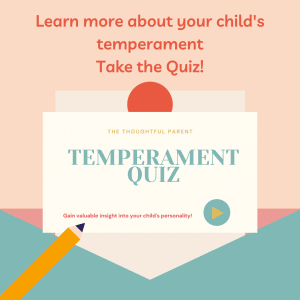I just heard about an interesting new cause/educational campaign for new parents that I thought was worth sharing. It’s called CLICK for Babies and it’s a campaign to raise awareness about the risks of Shaken Baby Syndrome, particularly in the often-tumultuous first 3-4 months of a baby’s life. The CLICK part of the campaign signifies the “clicking” of knitting needles as volunteers strive to knit hats for new babies across the country (and internationally). Although I’m not a knitter, it seems like a great way to get folks involved in the campaign. For you non-knitters like me, it’s also easy to donate online. One key aspect of this campaign is helping parents understand what the organizers call the period of PURPLE crying in newborns. No, purple does not stand for the color babies turn when crying but is an acronym to describe the periods of unexplained crying that young babies (and their parents) often experience. Many people may wonder: what does PURPLE crying stand for?

What Does PURPLE Crying Stand For?
Related reading: “Difficult” Temperament ≠ A Child Destined for Problems: Sensitive Parenting is Key
I encourage you to spread this information to new or soon-to-be parents and maybe it will give them some peace of mind.
The period of PURPLE crying in infants can sometimes be explained (at least a bit) by temperamental factors. Curious about your child’s temperament and how it influences their development?
Take our quick Child Temperament Quiz to gain insight into your child’s temperament.
Read more about helping babies who cry a lot and learn more about temperament’s influence:
What a Baby’s Temperament Tells Us About Their Long-Term Development
The Best Baby Development Books to Help You Navigate Those Early Months


 Take the quiz!
Take the quiz!
Leave a Reply